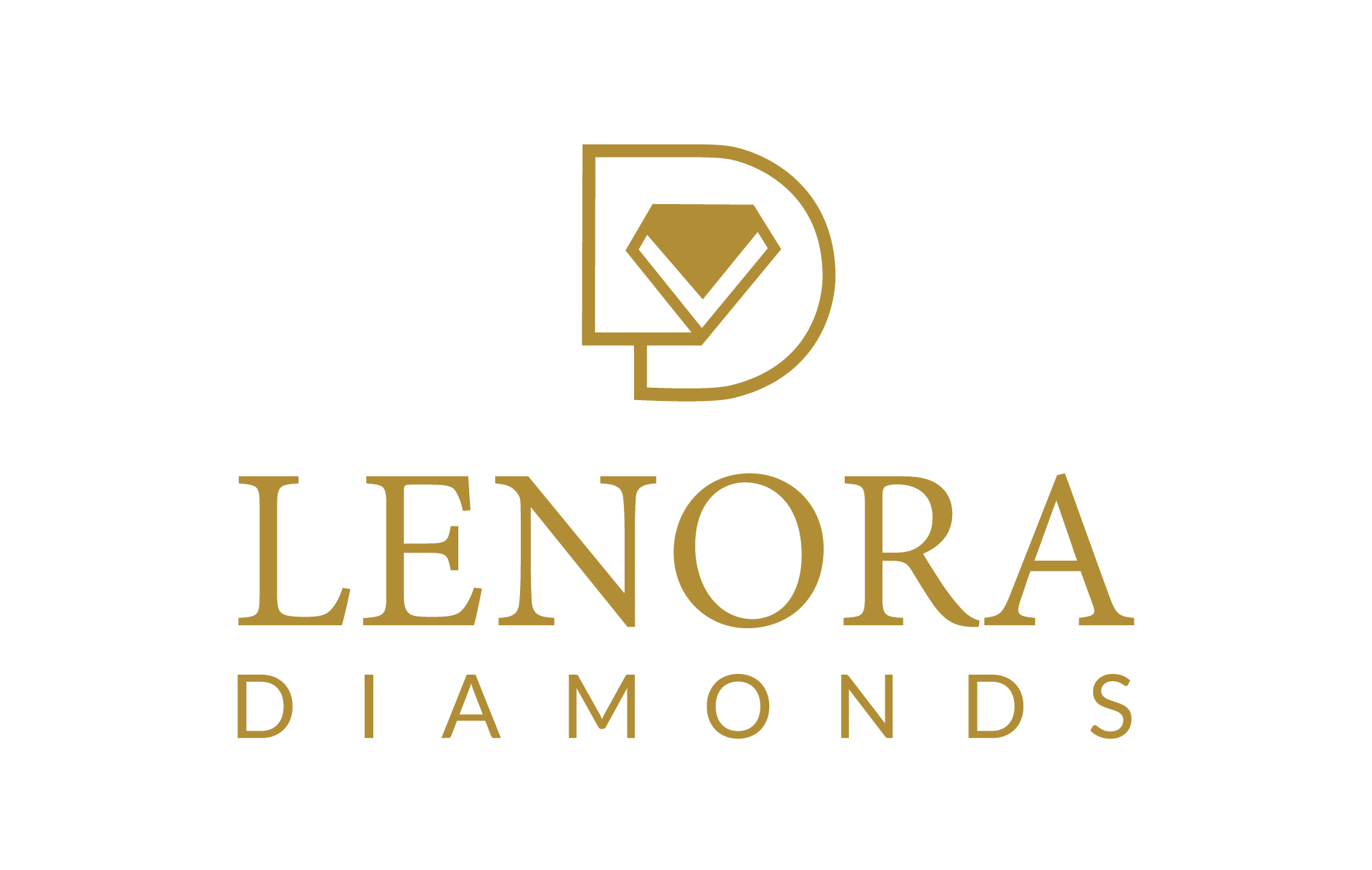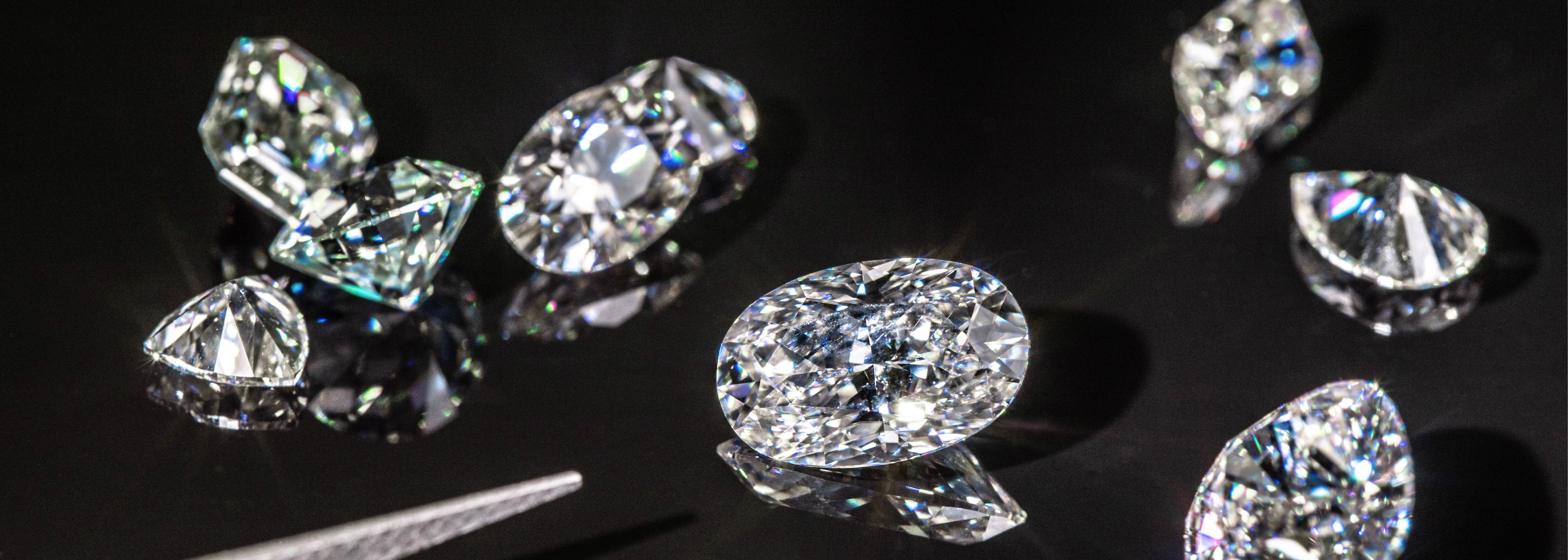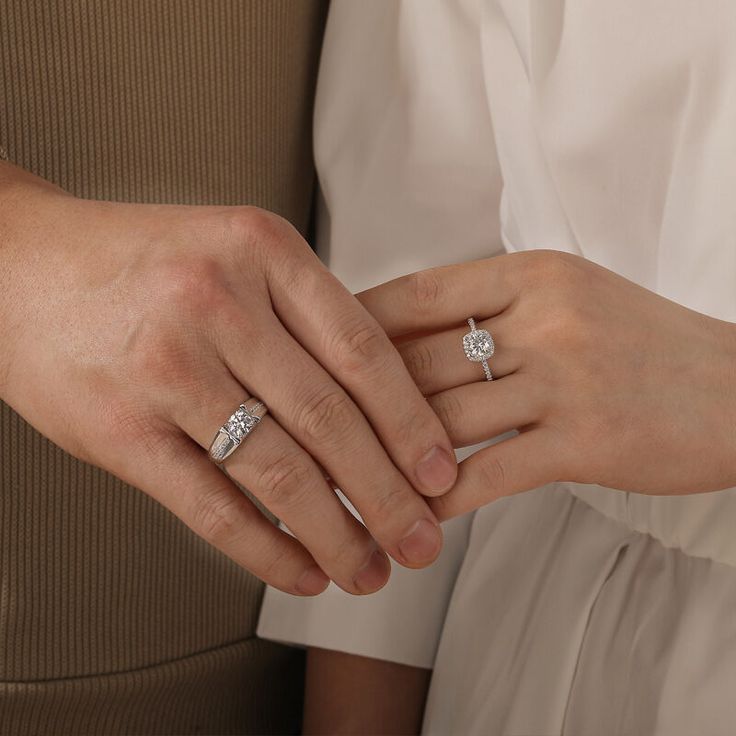Carat
Carat is the most commonly discussed factor, but often the most misunderstood. A carat (ct) is a unit of weight, not size—1 carat = 0.2 grams. A well-cut 0.90 ct diamond can sparkle more and appear larger than a poorly cut 1.00 ct. Prioritise quality over number.
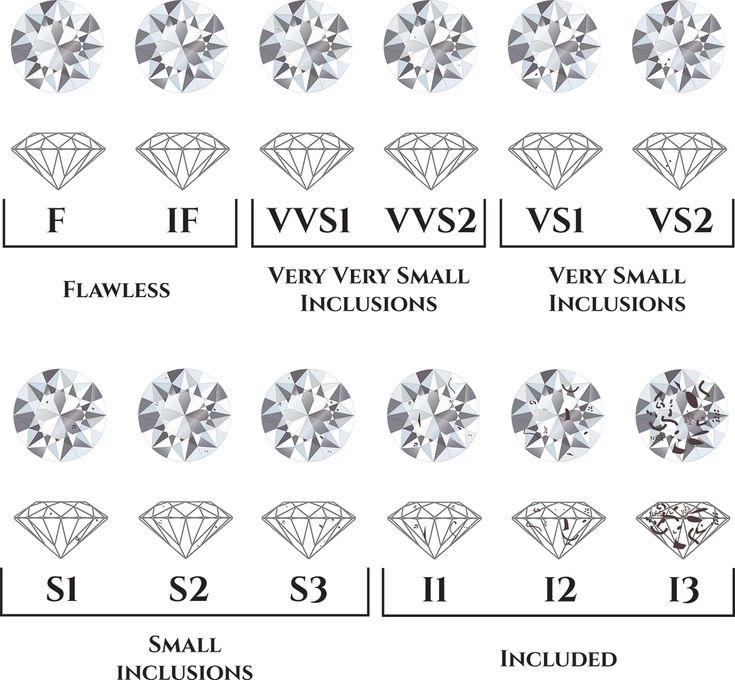
Clarity
Clarity measures the natural inclusions or blemishes within or on the surface of a diamond. A VS2 or SI1 diamond often appears flawless to the naked eye and offers excellent value.
- FL: Flawless
- IF: Internally Flawless
- VVS: Very, very slight inclusions
- VS: Very slight inclusions
- SI: Slight inclusions
- I: Inclusions visible to naked eye
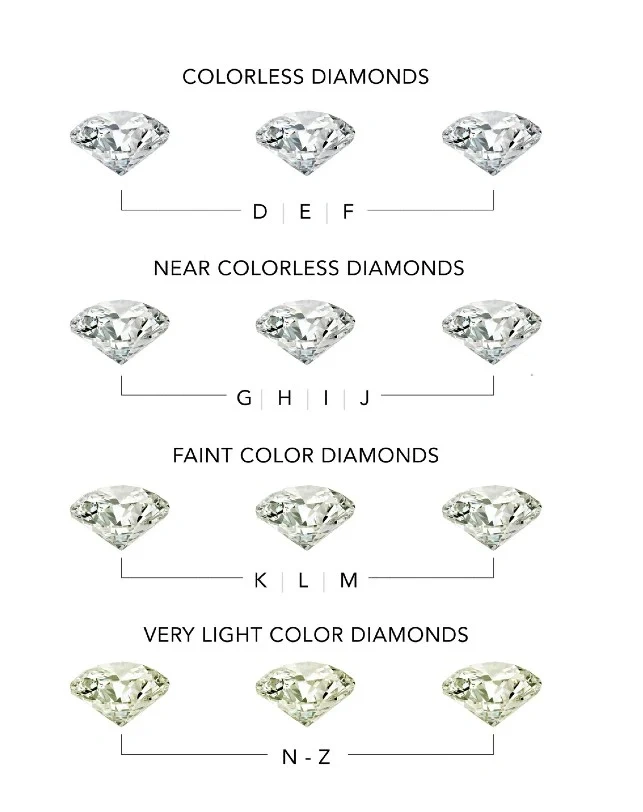
Colour
Diamond colour refers to a lack of colour—the less colour, the more valuable the diamond. G–H colour diamonds are a sweet spot—near colourless with amazing brilliance at a more approachable price point.
| Grade | Description | Notes |
|---|---|---|
| D–F | Colourless | Bright, rare |
| G–H | Near Colourless | Great value |
| I–J | Slightly Tinted | Warmer tone |
| K–Z | Noticeable Colour | Vintage look |
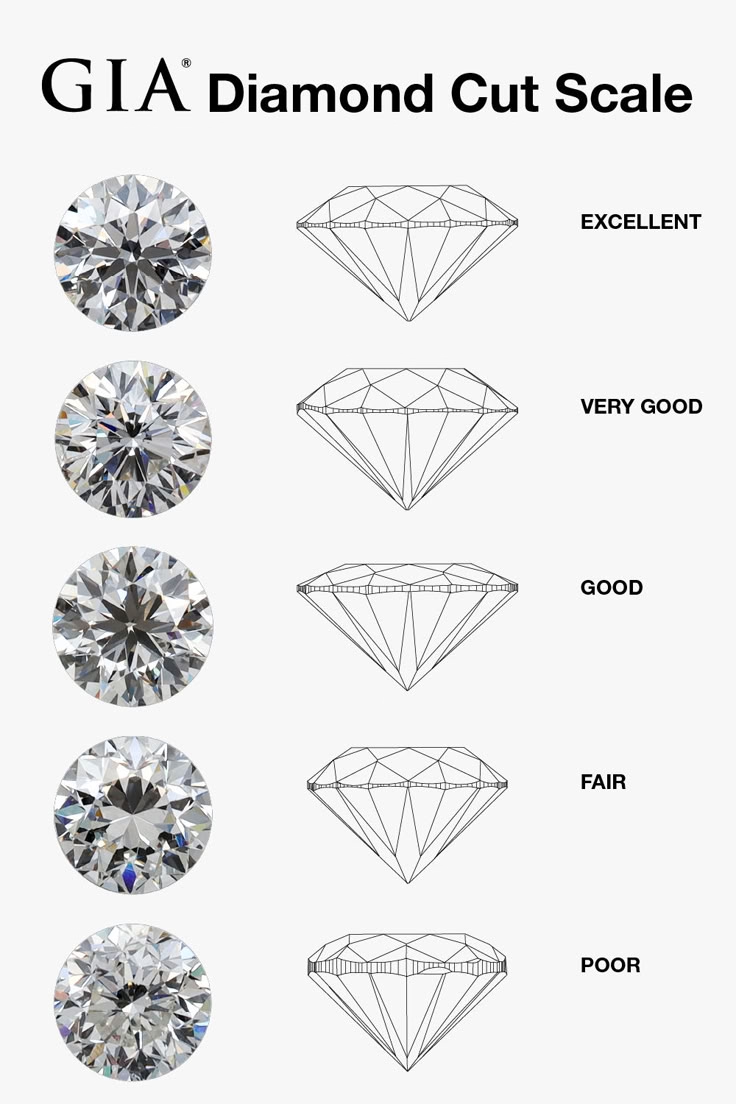
Cut
The cut of a diamond has the greatest impact on its brilliance. Always prioritise cut over other Cs—it’s what gives the diamond its sparkle.
- Proportions: The angles and facets
- Symmetry: Even alignment of facets
- Polish: Surface finish
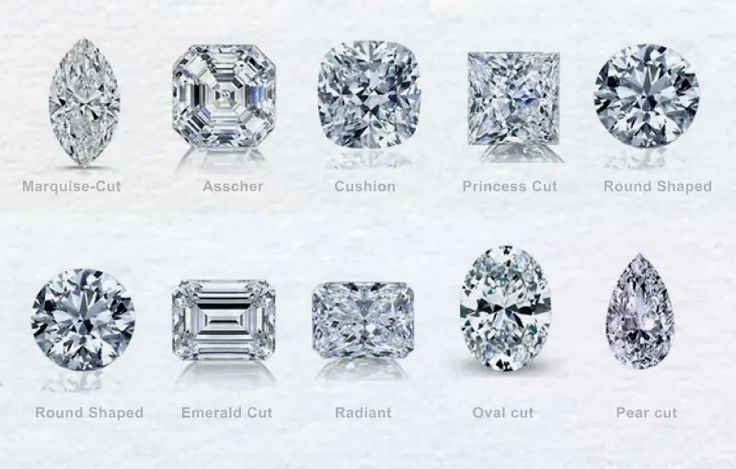
Diamond Shapes
Diamond shape refers to the outline and overall form of the stone. Each shape offers a unique personality and light performance.
- Round Brilliant: Maximum brilliance
- Princess: Modern square cut
- Oval: Elegant and lengthening
- Emerald: Step-cut vintage style
- Pear: Unique teardrop shape
- Marquise: Elongated form
- Heart: Romantic symbol
- Cushion: Soft rounded edges
- Asscher: Art Deco step cut

Jewelry Metals
The metal you choose affects your ring’s appearance and durability.
- Platinum: Naturally white and durable
- White Gold: Rhodium-plated alloy
- Yellow Gold: Traditional warm tone
- Rose Gold: Romantic coppery hue
- Rose Gold: Romantic coppery hue
- Silver: Bright, lustrous, and affordable
Lab-Grown vs Natural Diamonds
Lab-Grown Diamond
Grown using advanced lab technology
- Origin: Laboratory
- Cost: Lower
- Composition: Pure carbon
- Environmental Impact: Lower
- Visual: Identical to natural
- Resale Value: Lower
Natural Diamond
Formed naturally over billions of years
- Origin: Earth (mined)
- Cost: Higher
- Composition: Pure carbon
- Environmental Impact: Higher
- Visual: Identical to lab-grown
- Resale Value: Higher
